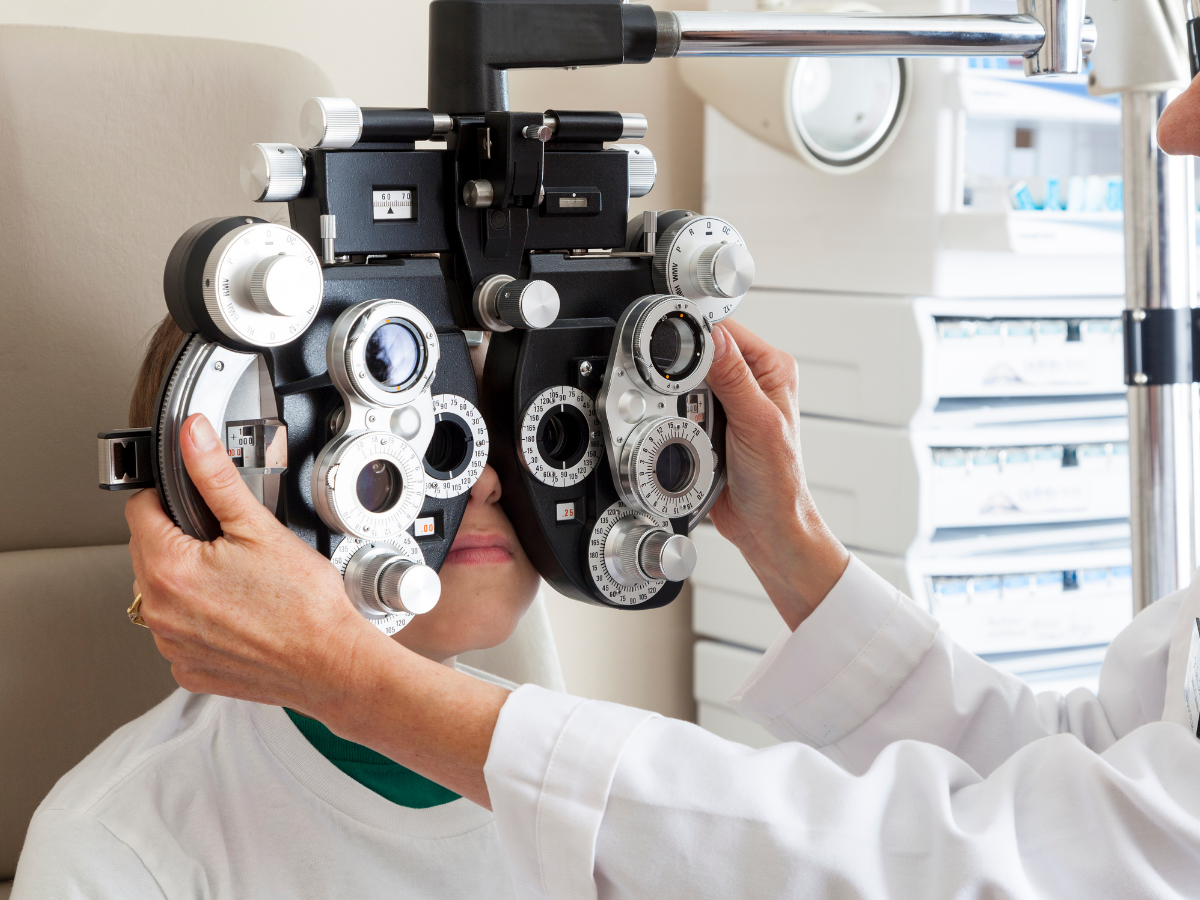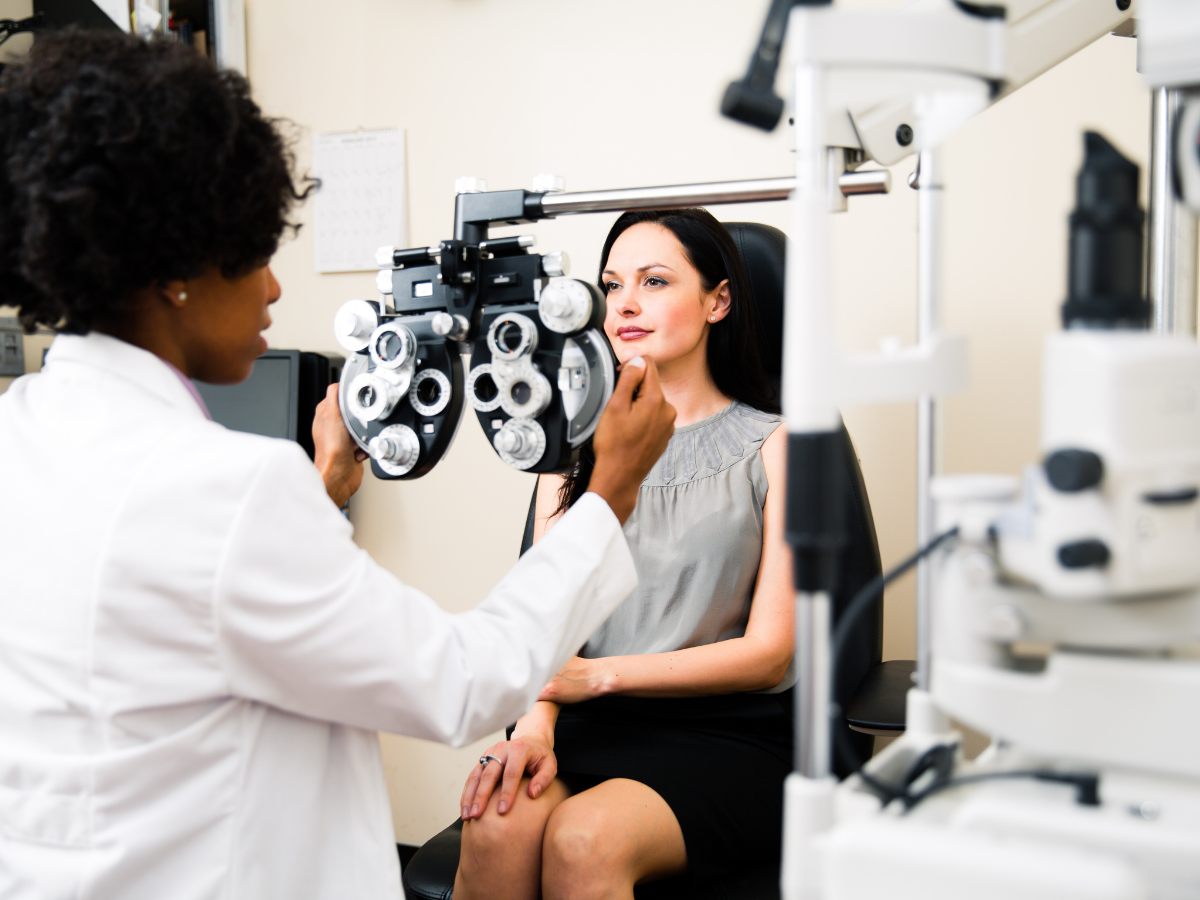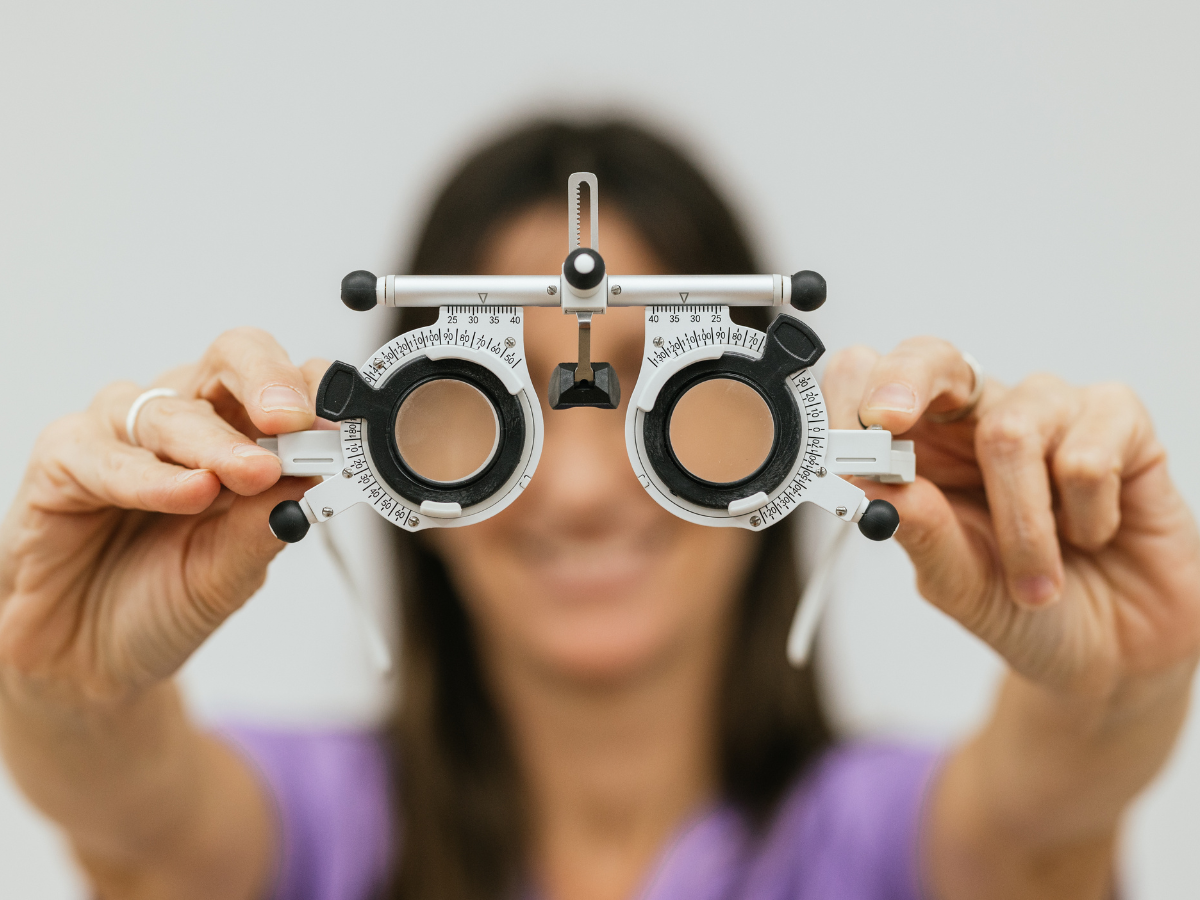

Finding the right optometrist Olympia WA patients can trust is no longer just about convenience or location—it’s about how well the practice embraces business technology to deliver modern, patient-centered care. In an era where healthcare and digital solutions intersect, technology-driven practices are setting the standard for quality eye care.
The field of optometry has evolved significantly with advancements in diagnostic equipment, patient management systems, and digital health integration. Clinics now rely on high-resolution retinal imaging, cloud-based records, and even AI-powered diagnostic tools to detect issues earlier and manage patient care more efficiently. These innovations are transforming how optometrists serve their communities, especially in regions like Olympia, WA, where patient expectations align with technological convenience.
Today’s patients demand more than just excellent care—they expect a seamless experience. From online appointment scheduling to automated reminders, digital systems reduce friction at every touchpoint. Practices that integrate these tools demonstrate an understanding of business technology’s role in patient satisfaction and retention.
For example, cloud-based platforms ensure secure access to medical histories, enabling optometrists to personalize treatment plans. Moreover, advanced analytics can help practices forecast trends in patient care, improving service delivery over time.
Modern optometry practices rely on cutting-edge tools to enhance accuracy. Retinal imaging, optical coherence tomography (OCT), and corneal topography provide optometrists with real-time insights that far surpass traditional diagnostic methods. By leveraging these systems, practitioners can detect early signs of glaucoma, macular degeneration, and diabetic retinopathy, ensuring interventions happen before vision loss becomes irreversible.
This kind of precision is not just a clinical benefit—it’s a business advantage. Patients increasingly gravitate toward clinics that invest in advanced technology, associating it with higher quality care and greater trustworthiness.
Technology is also reshaping communication between optometrists and their patients. Secure portals, telehealth consultations, and digital follow-up reminders strengthen patient relationships while increasing convenience. In Olympia, where residents value accessibility, such tools are vital in maintaining continuity of care.
Teleoptometry in particular has become an essential option, allowing patients to connect with their optometrist virtually for follow-ups, prescription updates, or minor concerns. This hybrid approach aligns with broader business trends, where digital-first engagement is no longer optional but expected.
From a business perspective, adopting technology in optometry isn’t just about patient care—it’s also about operational efficiency. Automated billing, integrated insurance verification, and AI-assisted scheduling all reduce administrative burdens, freeing staff to focus on personalized service.
Furthermore, practices that integrate data-driven decision-making tools gain better insight into their business performance. Metrics like patient acquisition costs, appointment adherence, and treatment success rates allow optometrists to optimize both clinical outcomes and profitability.
A prime example of this tech-forward approach is Eye Love Olympia. The practice combines modern diagnostic equipment with streamlined patient communication, embodying the future of optometry. Their commitment to integrating technology not only elevates patient outcomes but also positions them as leaders in the Olympia community for vision care.
By aligning healthcare with business technology practices, Eye Love Olympia reflects how optometry is evolving into a patient-first, tech-enabled profession. This dual focus ensures patients receive efficient, accurate, and accessible care every time.
The broader healthcare industry is pushing optometry toward even greater digital adoption. Artificial intelligence, wearable vision trackers, and smart glasses represent the next frontier. According to Forbes, AI-driven diagnostics are already reshaping how providers deliver personalized care, a trend that eye care will continue to benefit from.
For practices in Olympia and beyond, staying ahead of these shifts is essential to remaining competitive. Patients are no longer passive recipients of care—they’re informed consumers who evaluate clinics based on how well they integrate technology into their services.
For optometry practices, embracing technology isn’t simply a matter of clinical improvement—it’s a business imperative. Digital transformation drives patient retention, improves efficiency, and builds long-term trust. Practices that fail to adopt modern tools risk falling behind, both in patient outcomes and in reputation.
In the context of Olympia, WA, where local businesses thrive by adapting to innovation, optometry practices that invest in technology will continue to outpace competitors in attracting and retaining patients.
Choosing an optometrist in Olympia, WA, is no longer just about finding a convenient location—it’s about selecting a practice that leverages technology to deliver precise, efficient, and accessible care. As the industry evolves, practices like Eye Love Olympia showcase how digital transformation enhances both the patient journey and business performance. For patients and providers alike, technology is no longer optional—it’s the foundation of modern optometry.








